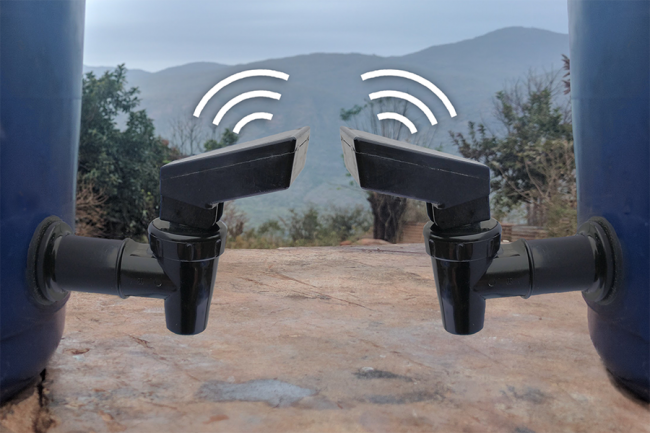IDEAS Alumni Profile: SmartSpout
SmartSpout, a 2014 IDEAS awardee, was recently featured by the University of Toronto Engineering News. IDEAS alumni Natasha Wright and David Meyer (né Taylor) started working on this project when they were graduate students at MIT.

A sensor known as the SmartSpout, designed in part by U of T Engineering professor David Meyer (CivMin, CGEN) has been successfully deployed in a large-scale field trial in South Africa’s Limpopo Province.
The results, published in Environmental Science & Technology, showcase the power of rich datasets gathered by low-cost sensors to improve public health by helping governments and development agencies hone in on both technological and social interventions that have the greatest impact.
“Let’s say you want to improve drinking water quality, so you distribute a whole bunch of household water filters,” says Meyer. “Well, if nobody is using the filters, they don’t help anyone. Understanding usage — who is using them, when, how consistently, and why or why not — is critical to designing more effective interventions.”
One way to determine usage is through surveys. But just as with any type of poll, responses given by the participants don’t necessarily match their behaviour.
“When you go to the dentist, you probably claim you floss every day, whether or not you actually do,” says Meyer. “One of the big advantages of a sensor is that you can learn about what people are actually doing.”
The development of the SmartSpout started about eight years ago, when Meyer and one of his co-authors, Professor Natasha Wright of the University of Minnesota, were both graduate students at the Massachusetts Institute of Technology.
“We were taking the same civil engineering graduate course, taught by Professor Susan Murcott,” says Meyer. “She had had this idea for a new kind of sensor, and when she found out we were both mechanical engineers, she asked us if we could build a prototype.”
Meyer and Wright have been working together on this project ever since.
The idea was simple: the sensor would attach to the spigot of a water container equipped with a purification technology, such as a filter or chemical tablets. Using an accelerometer similar to that found in most smartphones, the sensor would detect and log how long the spigot is held open for and at what time.
To read the rest of the article, head over to the University of Toronto Engineering News website. To read more news about the IDEAS Social Innovation Challenge and its alumni, click here.
Tags: IDEAS, IDEAS Alumni Profiles, PKG Alumni
